The Article
Idun earphones From Kinera: deceiving honesty
21st September 2018
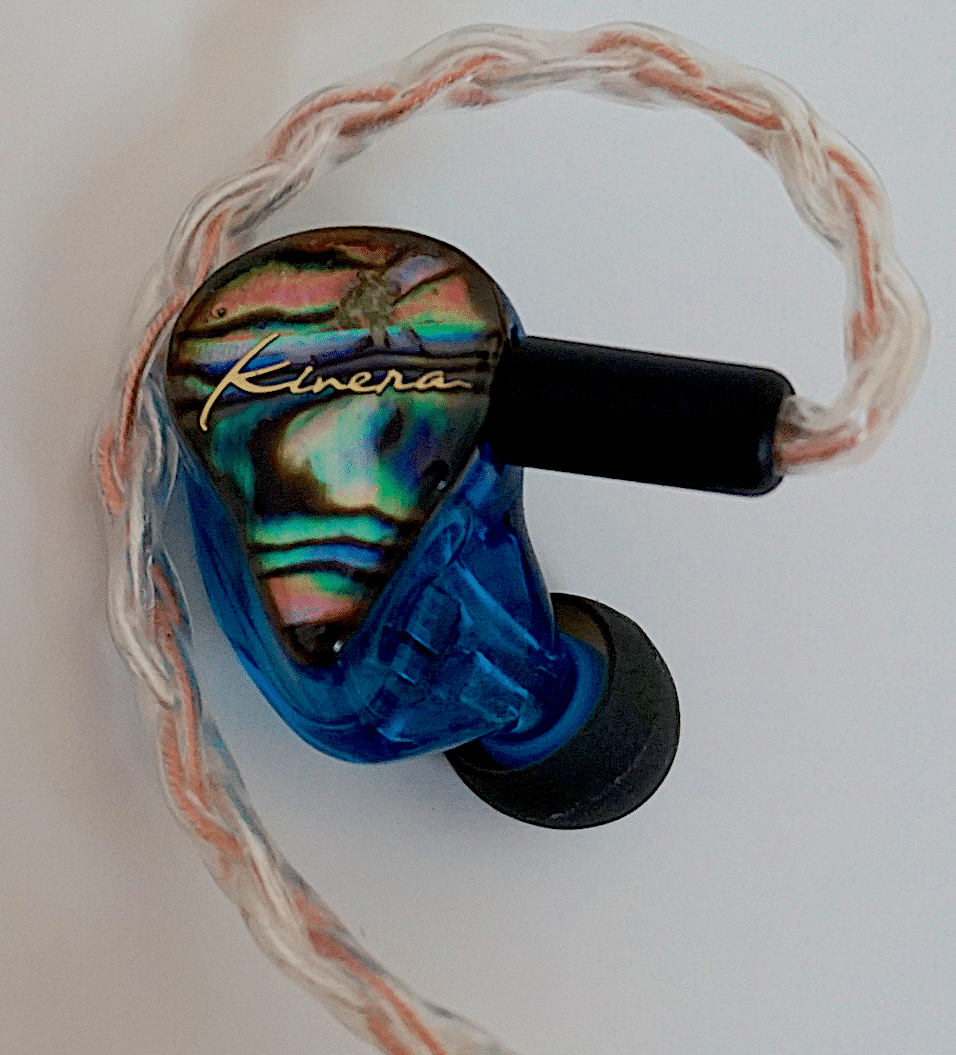
Looking for earphones with a slightly exotic air? Paul Rigby reviews a likely subject, the Kinera Idun
Looks can be deceiving and the Kinera Idun earphones certainly fit into that mould. Arriving in a hexagon box, I originally thought I’d been sent a box of chocolates to review: something in the region of wafer mints, perhaps? Even the gold lettering and design fripperies said ‘soft centres’ to me. Inside was a slightly bulging hockey puck box, slotted into moulded foam outer packing. And inside that? The Idun earphones. Again, though, looks were indeed deceiving because the earphones, which sit adjacent to two bags of spare ear tips, had that moulded jewel chassis look with twisted cabling that’s a dead giveaway for high-end earphone models. As you can see by the price below, that is not really the case either.
I only hoped that the sound quality would speak the truth. It was about time, to be honest. Nevertheless, the packaging screams quality and high end.
Produced by Dongguan Yutai Electronics Co, Ltd, with the Kinera brand running since 2012, the 32 Ohm Idun utilises a hybrid 7mm dynamic driver (with N50 magnet) aimed at bass and midrange with a balanced armature driver for the mids and treble.
The 1.2m cable uses a 8-core hybrid of copper and silver, twisted to reduce noise (a similar effect is common in full-size cable manufacturers) in a rope pattern effect that reminds me of Kimber’s Axios headphone cable pattern. To me, searching for sound quality, I didn’t see the cable as an issue but to my non-audiophile wife, she hated the hi-vis, lanyard-like, chunky nature of the cable design.
The nicely finished 3.5mm termination plug is protected, at the rear, by a very small protective collar that looks like a secondary after-thought. I wonder, after a year’s use, if the cable will still be secure an unaffected by accidental pulling along with life’s knocks.
In terms of fit, the ear pieces are designed to fit in your ears and then loop over the top of the ear instead of the usual plug and drop-cable effect. Some users have complained about the moulding of the chassis, pointing at little knobbly bits in the chassis as a cause for discomfort. This is obviously a personal thing – we are all made differently. Maybe I have mutant ears because, for me, there was never an issue. I found the fit perfect and forgot that the earphones were even in place after a while.
Knowing which earpiece to put in what ear is a slight challenge, though. Because there are no ‘R’ and ‘L’ position indicators, you need to look out for the colour coded plastic collar pieces where the cables fits into each chassis: Red being right and Blue being left. I found these coloured collars tough to find because they were almost entirely hidden on my samples. I had to hold them to the window, through which the sun dazzled, and peered closely to discover the colouring. A better bet is to learn how each cable loops back over each chassis. This memory-type wiring exiting from each chassis shows how it fits around the ear itself. Looking at this arrangement, it’s easy to see how each earphone piece fits into what ear.
So how do these earphones sound?
SOUND QUALITY
I began with a 16bit/44.1kHz CD WAV rip and indie fare from Grand National’s Talk Amongst Yourselves from the LP, Kicking the National Habit.
In broad terms, from this relatively dynamic piece of music, I didn’t feel that the relative frequencies were undisciplined. Every sonic element seemed in its place with no excessive bass emphasis or upper frequency stridency to cause alarm.
Zooming into frequency specifics, I looked at the bass first, a bone of contention for some users on the Internet. I assume the relative performance of this frequency depends on ear fit because my ears accommodated the earphones perfectly, locking into position securely. As such, I found bass to be excellent from the Idun ‘phones. The bass effectively grounded the music, roaming across the soundstage and offering a secure foundation to the music as a whole. Associated with the percussion was the bass guitar which was large, massy and driving in nature.
I was happy to hear that the bass did not overly swamp or bloom over midrange detail. The electric guitar offered a host of information while the rhythmic synths provided effective backing. Pointedly, I could easily detect ride cymbal strikes which added balance to the presentation.
If anything, I found the midrange just a tad lively. The ‘blame’ for this was not to be wholly directed at the Idun easphones but the slightly compressed nature of the original CD. The Iduns didn’t attempt to soften the blow, mind you. There was no mercy here. Just plain honesty, “You give me a compressed source, sonny Jim, and I’ll give it straight back atcha!”
I wanted to convince myself that the honesty was just that and that the upper mids were not inherently strident. I turned to Roberta Flack’s Killing Me Softly With His Song at 24bit/192kHz. This track offers strong bass percussion and bass guitar but there’s a range of delicate harmonies, organ and secondary percussion such a bell strikes and tambourine plus acoustic guitar moments.
Even before I got to the frequencies, I was impressed that the Idun earphones noted the higher resolution. I was pleased to register the extra air and space in and around the soundstage. The grandeur of the soundstage contrasted in devastating manner to this relatively simple, intimate and highly emotional song. The space highlighted the stripped emotions of Flack’s performance. On a more prosaic level, the extra air was used to great effect to the backing harmonies.
Bass was powerful and organic in approach while those secondary percussion effects were never swamped by the same. Acoustic guitar, bell strikes and tambourine were easily tracked.
The frequencies were largely balanced in nature. No obvious stridency occurred although the mids did push towards the boundary.
Finishing with the piano of Erik Satie and his Jack in the Box – Prelude, I found the piano both balanced and insightful here. Arguably the most difficult instrument of all for any hi-fi equipment to track properly, this potential chaotic piece of equipment was nicely handled by the Idun earphones, giving the piano enough space to manoeuvre but adding sufficient focus to keep on top of the information.
CONCLUSION
What I liked about the Idun earphones was their response to source material. The better the source, the better they sounded. 44.1kHz sounded obviously lacking when compared to 192kHz, a situation that’s not always effectively underlined by some of the Idun’s competition.
The upper frequencies conveyed detail well. Yes, they could be a tad enthusiastic in doing so but the benefits were rich in detail and insight while bass was strong and characterful. For the price, you get an awful lot. Just don’t skimp on the source hardware. Show the Idun earphones respect in these terms and they’ll reward you with a top quality performance.
KINERA IDUN EARPHONES Price: £140 Tel: 01334 570 666 Web: www.eliteaudiouk.com
GOOD: midrange insight, bass strength, comfort, value for money
BAD: lively upper frequencies
RATING: 8
[Don’t forget to check out my new Facebook Group, The Audiophile Man: Hi-Fi & Music here: www.facebook.com/groups/theaudiophileman for exclusive postings, exclusive editorial and more!]
REFERENCE
Astel&Kern AK120 [Red Wine Audio modded] DAP
ATC HDA-P1 headphone amplifier


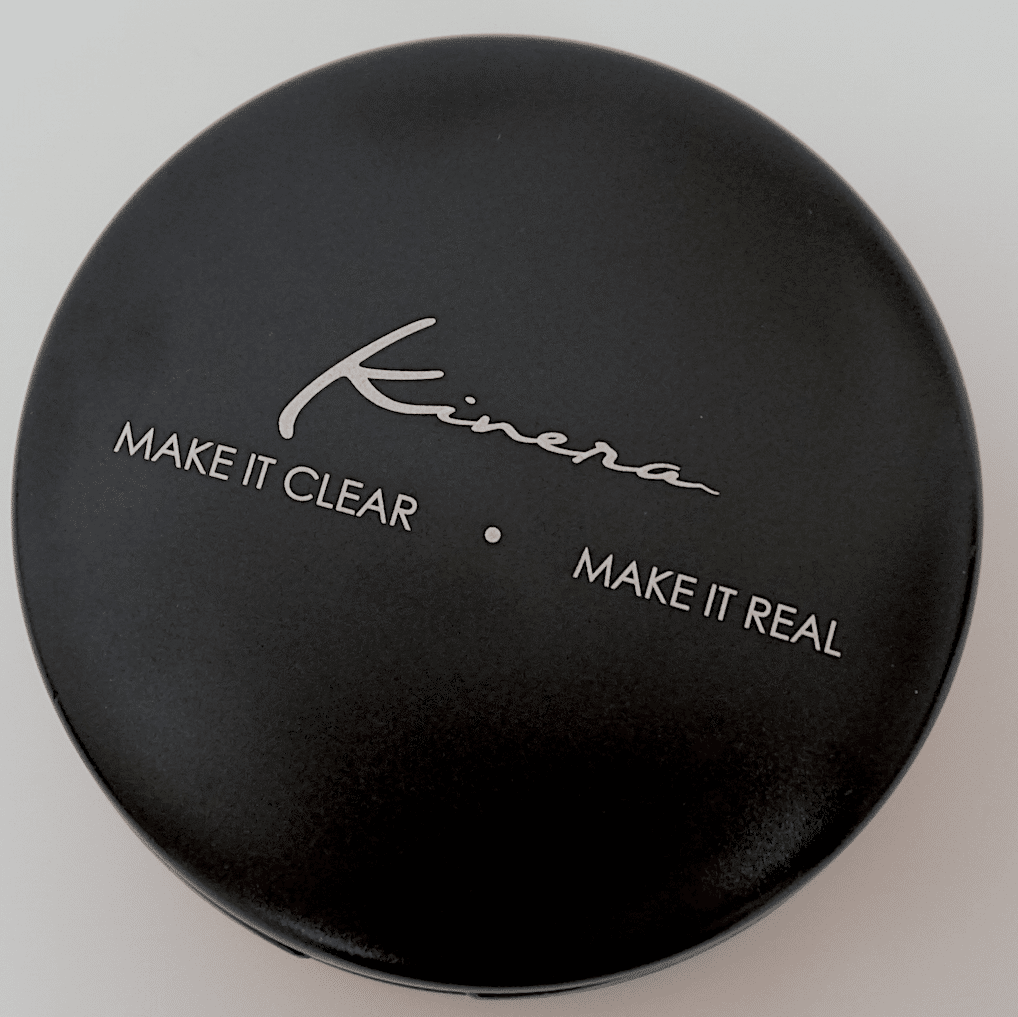
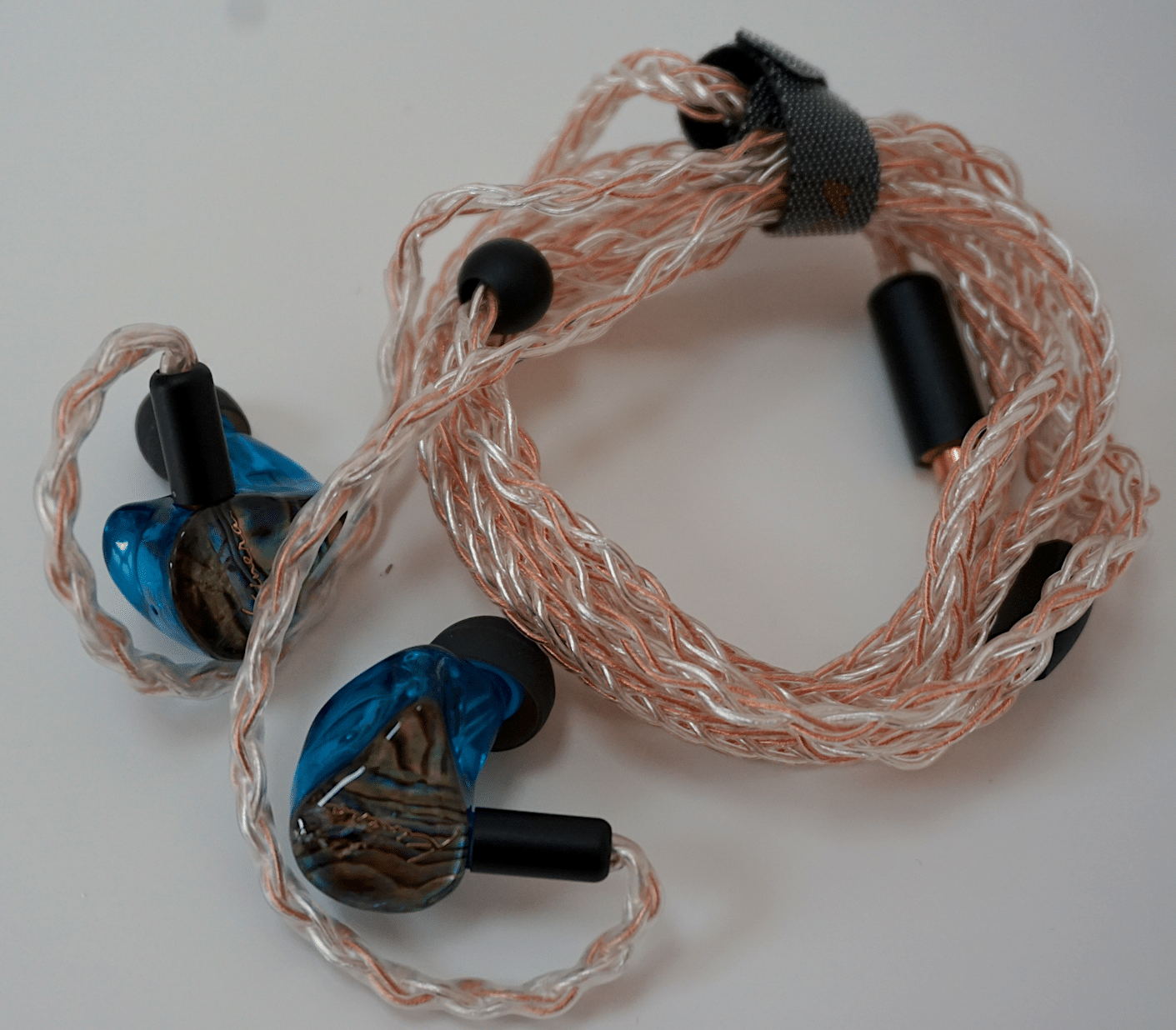
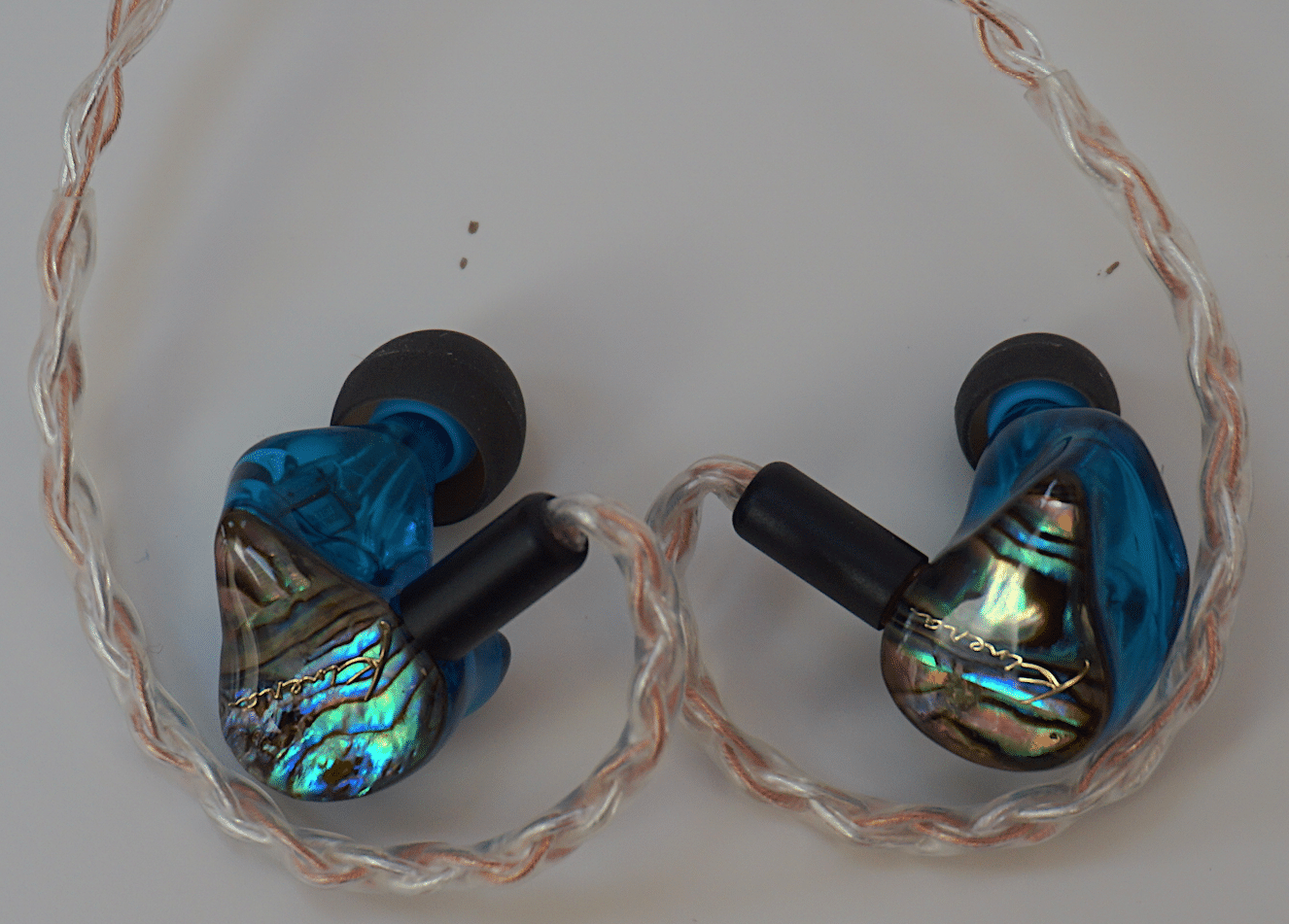
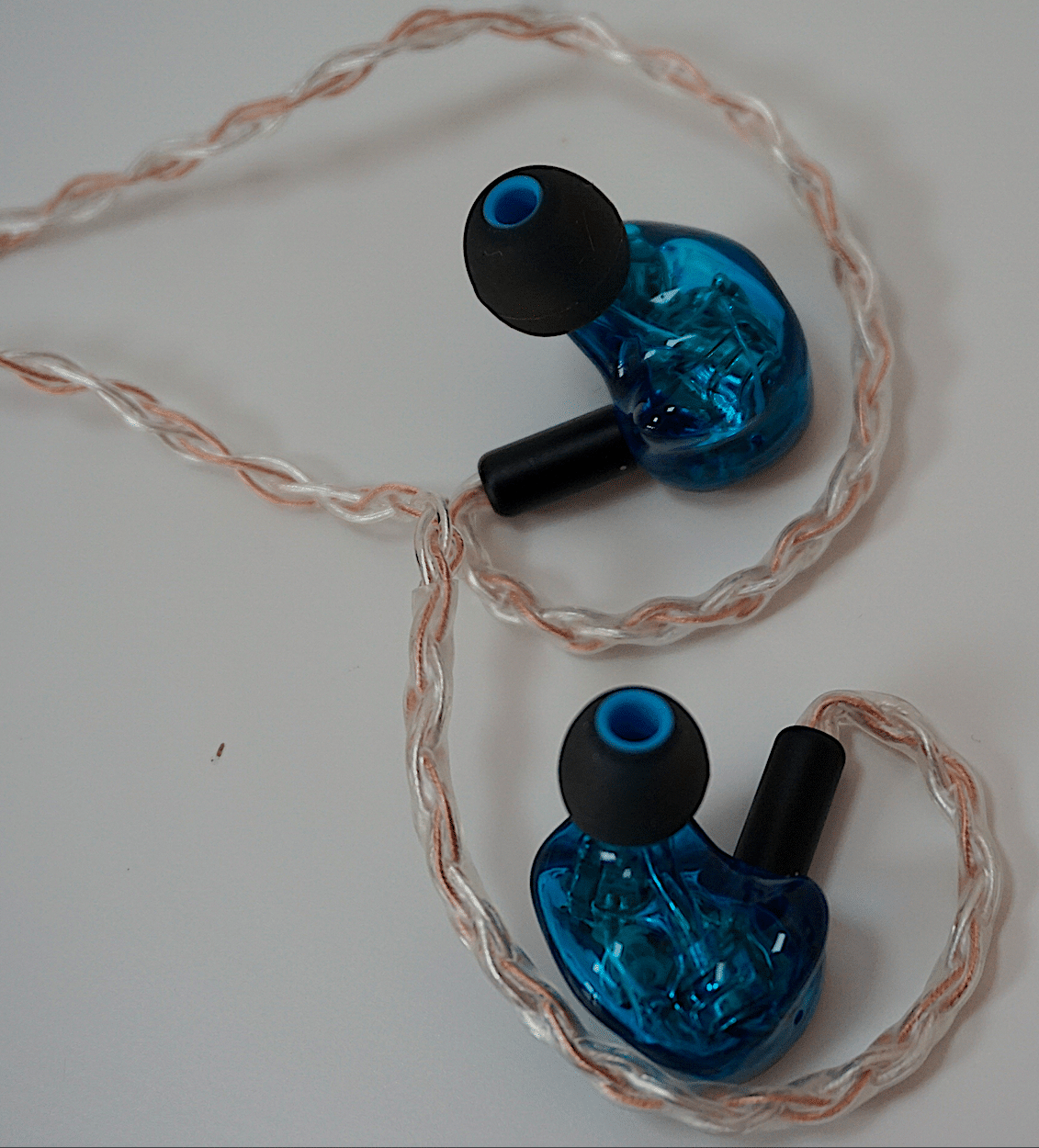
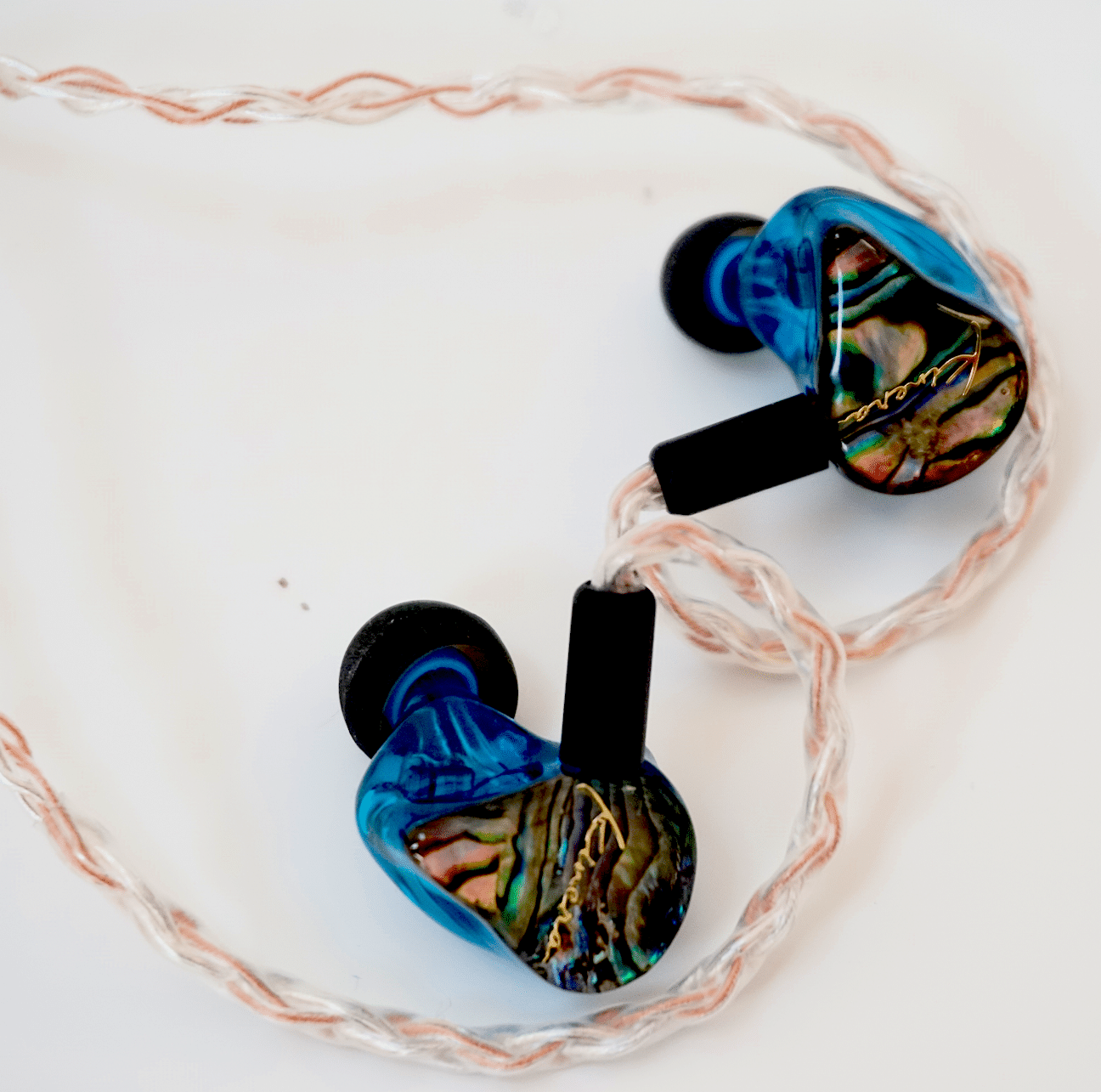
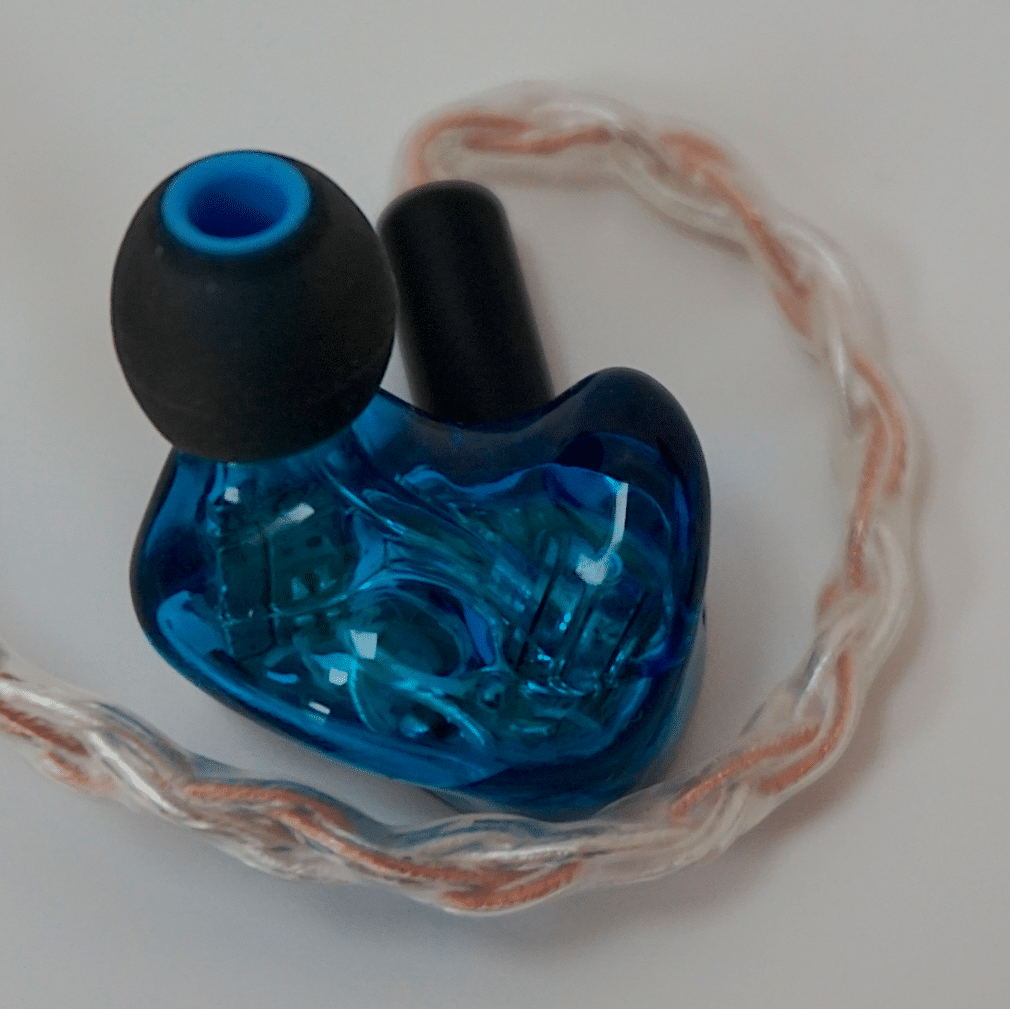

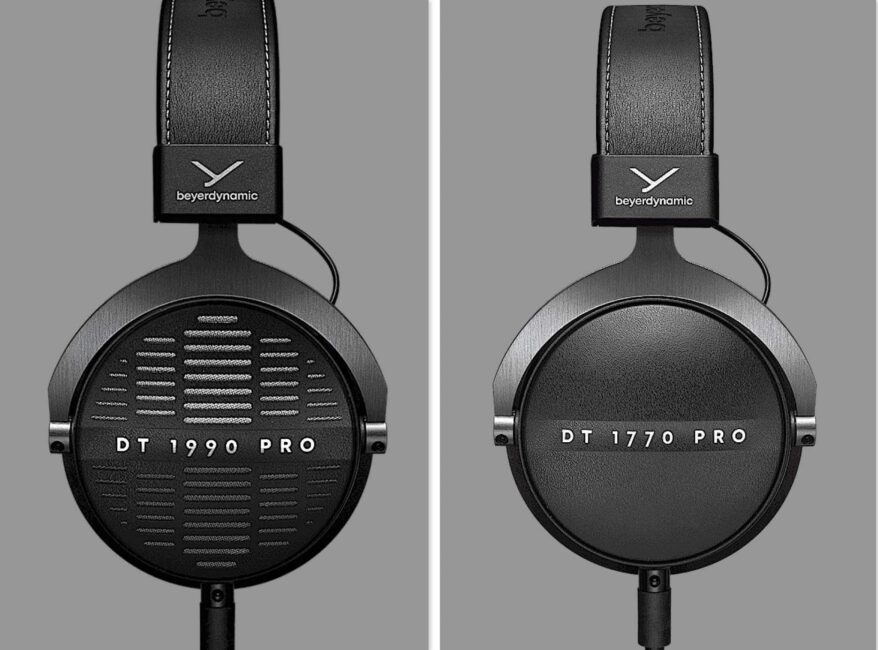

Nice review. Looks like Kinera may have changed the cable a bit from the pre-order version of the Idun’s. On mine they have a red and blue band on the connectors.
I do think the cable is a bit bulky though, and don’t like how loose the ear loops are (on my version at least), as if I don’t spin the individual IEM’s around a few times before putting them in my ear the ear loops often come up off of my ears when I’m moving my head around.
Thanks for your comments Jeff – must admit that I never have ear loop issues but that’s probably down to physiognomy differences, I suppose.
Really helpful write-up! Now I know what to expect from the Idun without all the guesswork.